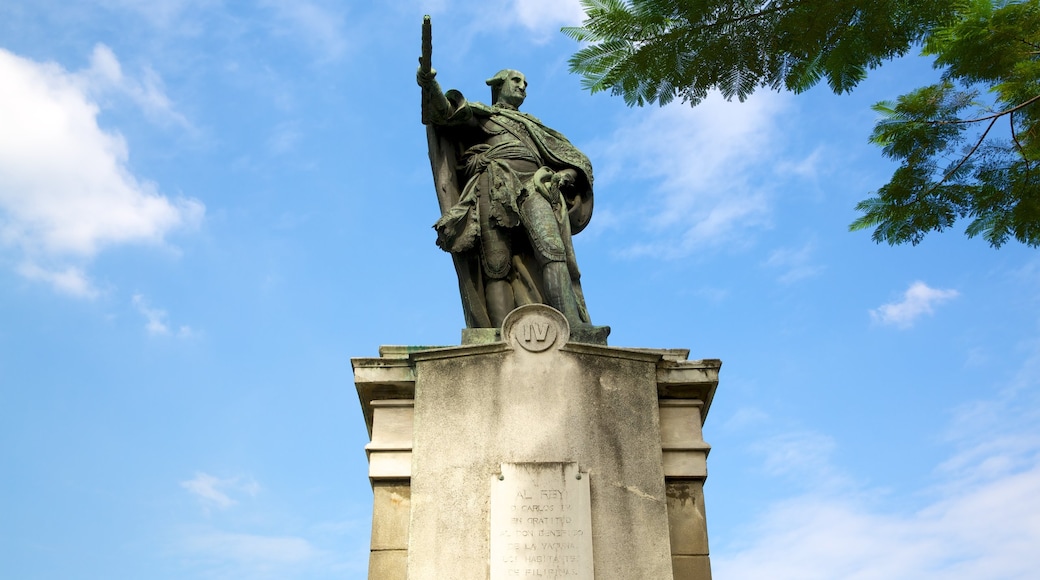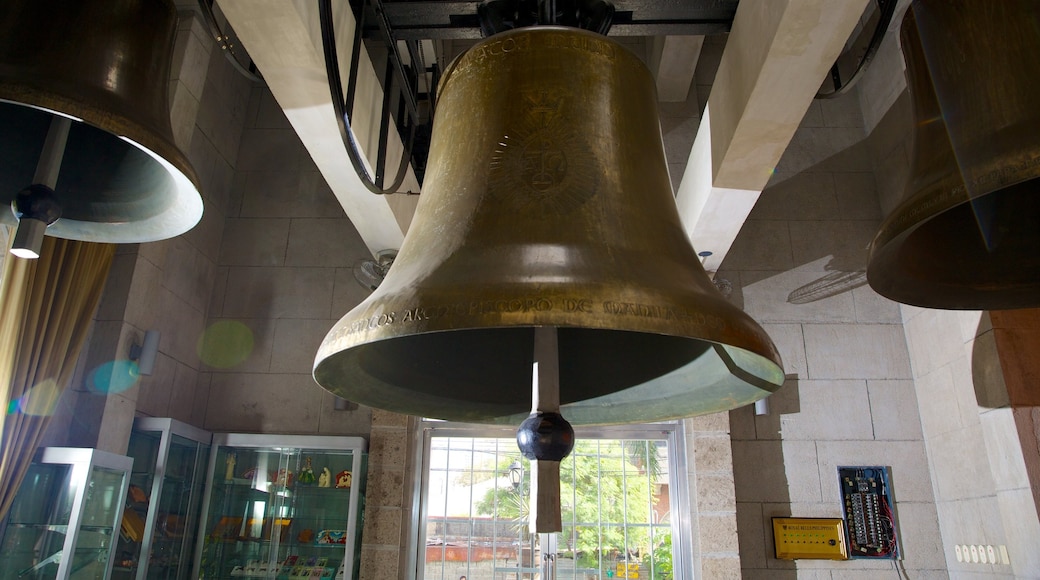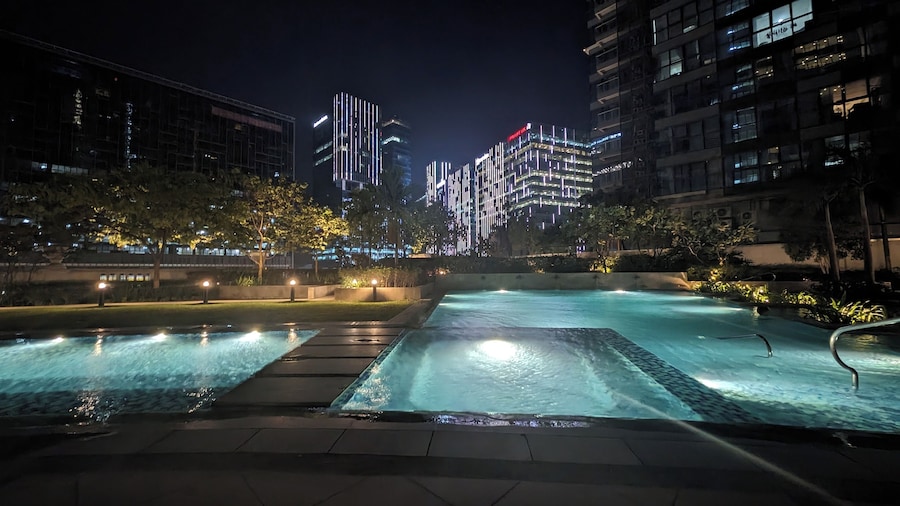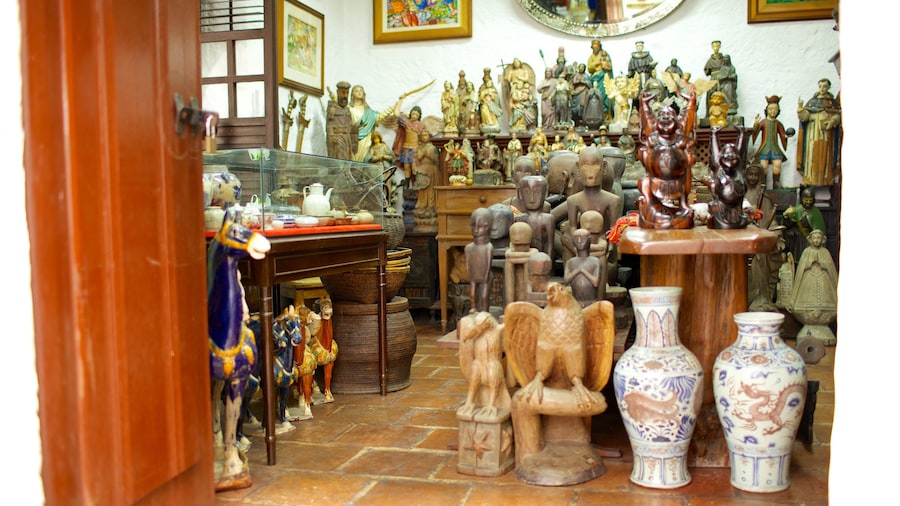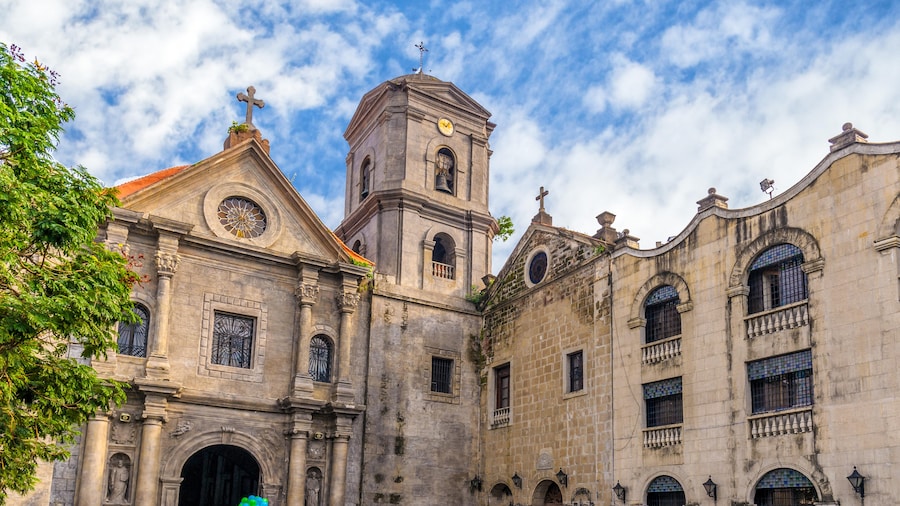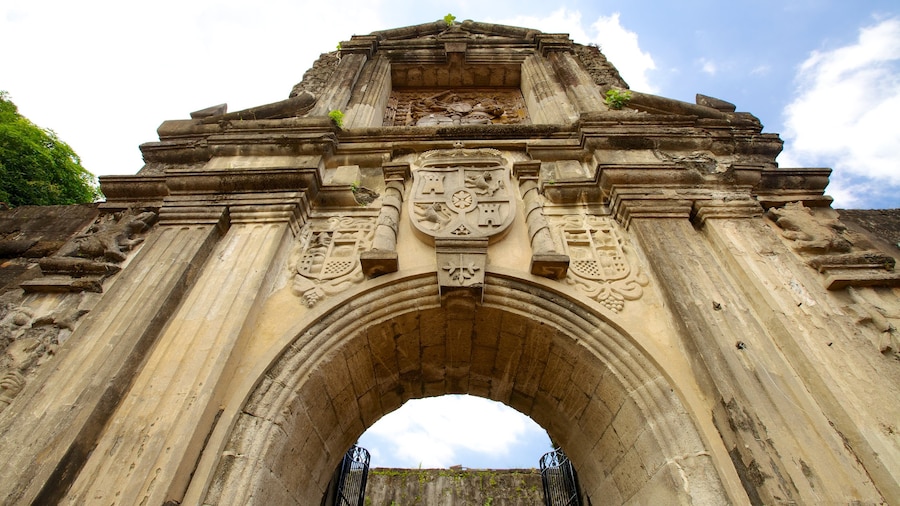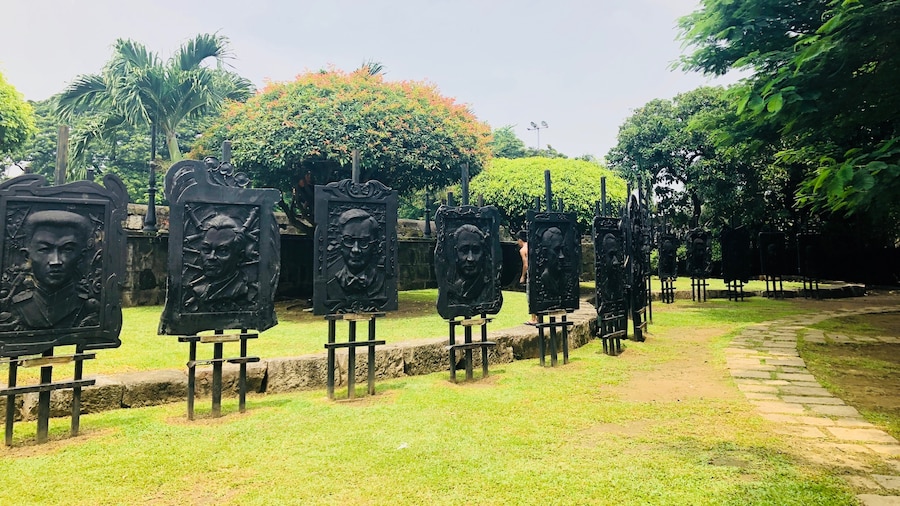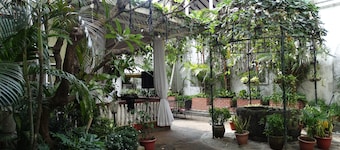This richly decorated Roman Catholic Basilica has made it through the centuries despite being destroyed by fires, bombs and earthquakes.
Manila Cathedral is a great survivor. The current cathedral is the eighth incarnation on this spot since the church’s founding in 1581. The last rebuilding project was completed in 1958 after it was destroyed by bombs during World War II. Visit the cathedral to admire its decorative interior.
Start your tour of the building by looking over some of the notable features of its neo-Romanesque facade. The bronze panels on the church’s main door depict key moments in its history including the collapse of the first building in 1600. Look for the white disc at the top of the façade just under the cross. It features a large insignia of the papal keys and papal tiara to commemorate the visit of Pope John Paul II in 1981. Admire the stone statues of saints.
Once inside, turn around to look at the choir loft above the entrance. It contains the pipe organ, one of the largest in the Far East.
Walk down the central nave to the principal altar which has a life-size gilded bronze statue of Our Lady of the Immaculate Conception. Appreciate the designs and colors of the church’s stained glass windows. There are more than 130 including eights pairs of windows inside the cathedral’s dome.
Go down the right and left naves to explore sculptures, paintings and decorative altarpieces of the eight side chapels. Examine the mosaic inside The Chapel of St. Peter and the bronze relief on the altar inside The Chapel of the Sacred Heart and the Blessed Sacrament.
As you make your way through the cathedral, note the abundance of marble. Many of the altars are made of marble as are the pulpit and the Episcopal Throne. The cathedral floor and the chapels are paved with the rock.
The cathedral is situated in the old walled city of Intramuros and can easily be reached by taxi. Alternatively, you can ride the light rail to Carriedo Station and take a jeepney from there.
The Cathedral of Manila is open daily. Admission is free. For the schedule of masses and special services visit the church’s official website.


